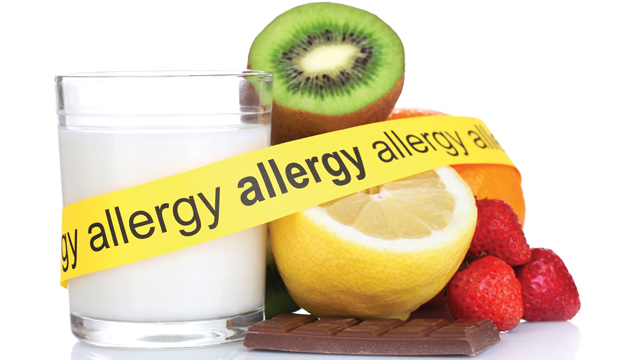When my firstborn, Sam, was a month old, my parents came to Richmond to meet their new granddaughter. My baby girl gazed upon her grandma who had just driven eight hours to hold her and let out a scream, the likes of which I had never heard before.
“Well, you little puke!” proclaimed Grandma, a little offended. And with that pronouncement, a tiny stream of breast milk trickled out of the corner of Sam’s perfect little mouth.
Turns out, she would live up to her nickname.
After nursing like a champ for a year, according to wise and respected pediatrician and WVU School of Medicine graduate, Mark Shreve, it was time for the switch to cow’s milk. “You might want to leave the milk out for a little bit,” he suggested, “so it’s closer to the temperature of breast milk.”
One drink of warmish whole milk from her sippy cup and Sam’s porcelain complexion flared angrily to a rashy red before my eyes like a time-lapse video on Facebook showing the effects of a new and best-selling eczema cream. Only in reverse.
To be honest, food allergy wasn’t even on my radar back then. Switched at birth was more like it. I had always loved milk. I couldn’t imagine making it through the day without at least one glass. Surely, no child of mine would spurn milk. Although, as I reported to the nurse over the phone, she was drinking it just fine, and she seemed to like it. But her little face paid the price for it afterward. I heeded the nurse’s advice and continued to offer her milk. Then one day, the rash didn’t happen. Problem solved.
As we moved past the cow’s milk and onto table foods, at first she did fine. Literally. As in, the first time she ate eggs she was fine. The second time, she puked. The first time she ate peanut butter she was fine. The second time, she puked. The first time we ate at Outback Steakhouse, she puked – into her plate – while we shrunk down in our booth and pondered our family’s escape. There was no second time for Outback.
Long story short: The list of foods and restaurants to avoid was growing, but so was Sam. She was thriving even with all the food allergies. Don’t eat the food; don’t throw up. Problem solved.
When I first read our feature this month on page twenty, I was reminded of the challenges of living with allergies. The effort these families put forth to keep their kids safe and happy is laudable. After living in a state of semi-denial about all kinds of allergies for so many years, I found it interesting that according to the CDC, food allergies among kids went up 50 percent between 1997 and 2011. That’s when all three of my children were born. In the past, most kids outgrew allergies by school age, but a new study suggests that it’s taking longer these days, with the majority becoming allergy-free by sixteen.
Before her freshman year in high school, I finally took Sam to an allergist for skin testing. The doctor, whom everyone had recommended for his wisdom in the field and his demeanor with kids, walked into the exam room, took one look at my daughter, one look at her results, one look at me, smiled broadly and asked, “Was she raised in a plastic bubble?”
He prescribed an EpiPen, scheduled in-office food challenges for some of Sam’s allergen triggers, and recommended immunotherapy (or allergy shots) to help minimize the effects of the environmental allergies.
It had taken me fourteen years to get my daughter to an allergist, her back had just erupted in a warzone of blotches, bumps, and hives – some approaching boil status – and our new allergy doc was a comedian. “Do you actually go outside?” he joked, commenting on Sam’s allergies to dust, mold, mildew, pollen, grass, cats, dogs, and cockroaches. “You know what this means for your pet cockroach, right?” Good one, Doc!
I liked him a lot, and so did Sam. We both laughed at his jokes. But as a mother powerless to help her child, I also wanted to cry. Or puke.




